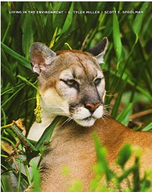Solved: Define and give an example of coevolution
Chapter 5, Problem 4(choose chapter or problem)
Define and give an example of coevolution.
Unfortunately, we don't have that question answered yet. But you can get it answered in just 5 hours by Logging in or Becoming a subscriber.
Becoming a subscriber
Or look for another answer
